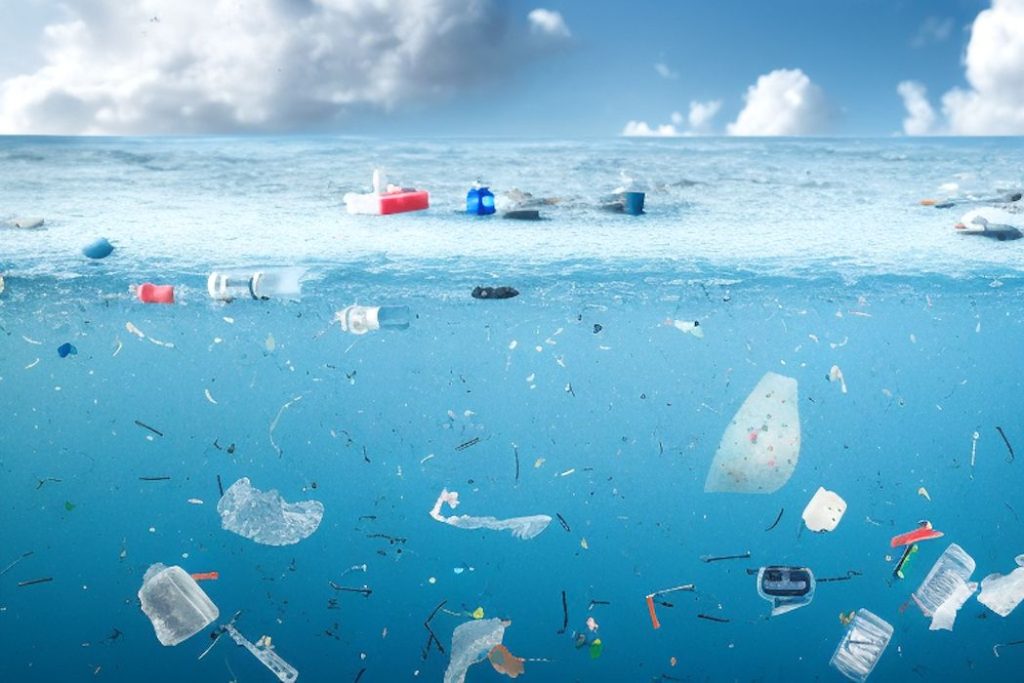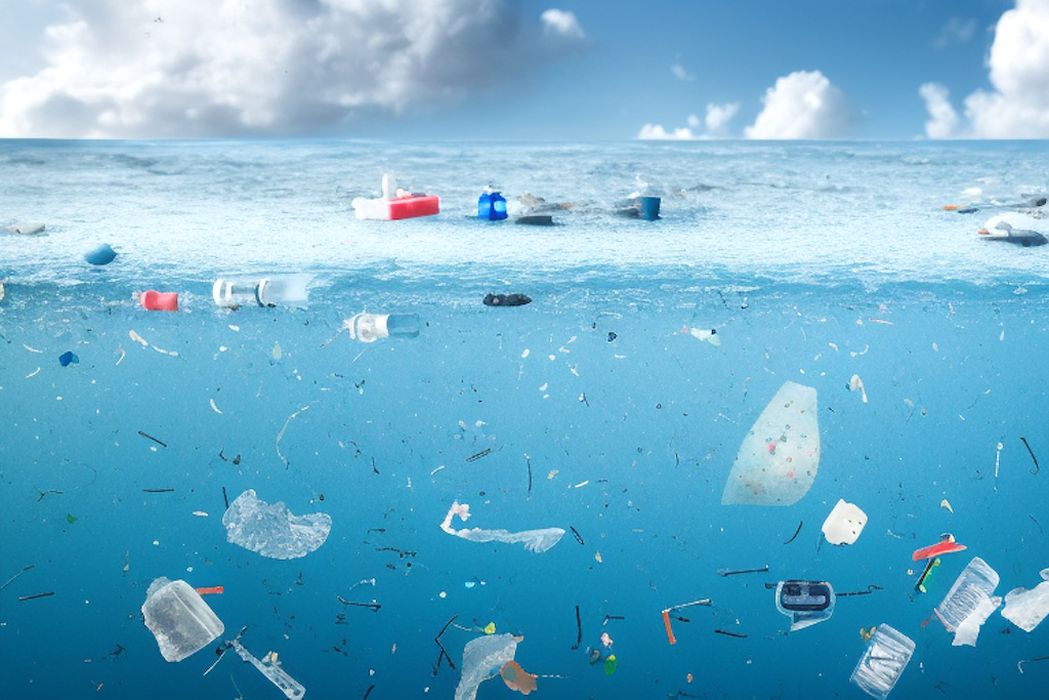
I read about a new sustainable polymer being developed, and had a thought about sustainability in the 3D print world.
The problem lurking behind all of our polymer activities in 3D printing and other industries is the growing danger of microplastics.
Microplastics
These are microscopic fragments of plastic objects that have begun to pervade the planet. Years of discarding plastic objects have launched the issue as these objects mechanically break down into smaller particles that can travel more easily in both water and air.
I’ve read stories of divers finding huge “snowdrifts” of plastic bits at the bottom of urban rivers, tales of floating islands of plastic trash in the Pacific, seen images of wild animals ingesting plastic objects and worse.
I’ve even heard that microplastics are now being found inside animals far from the sea, suggesting that these plastics, and the chemicals within them, are airborne and sweeping the planet. Otherwise isolated lakes apparently now sport levels of microplastics.
Looking back, I’m not surprised. Years ago I happened to take a cruise across the Atlantic Ocean. During the cruise in mid-ocean, I found myself on the rail looking out across the sea. Suddenly there was a series of noises, and I looked to my right to see a panel had opened on the side of the ship, and a crewman was pushing garbage overboard. There was a trail of trash following the ship.
Evidently because the ship was in international waters, this was permitted, or at least not controlled.
Since then I’ve realized that this is a common practice among ships, and there are a lot of ships and countless journeys across oceans. It’s not surprising there are megatons of plastics in the oceans, since the organic matter would decompose, leaving the “forever plastics” behind for us to deal with later.
These forever materials are made from an infinite variety of plastics, containing who knows what chemicals. They will have different chemistries and colorants, any of which could pose bio challenges later on.
3D Printable Plastics
Let’s get back to 3D Printing.
Today part designers look to the properties of materials when choosing one for their part. They consider a variety of properties, including mechanical strength, chemical resistance, outdoor exposure, hardness, and other features of a material. They choose a material that has the best combination of properties to allow the part to function properly. (There’s never an ideal combination, because that would require “unobtainium”.)
I strongly suspect that the vast majority of parts designed in the past and even today don’t consider another factor in the material selection: biodegradability.
For many parts the ability or actuality of a part degrading would seem to be a bad thing: you wouldn’t want your brake pedal to “decompose” suddenly when operating your vehicle.
But there are plenty of parts that could indeed be decomposed when discarded, or at least begin decomposition when exposed to landfill or other disposal conditions.
The problem is we often don’t know about these properties when selecting a material.
A case in point would be PLA, the classic 3D print material. It’s said to be organic (good, and true), and recyclable (good and also true), and many also assume it’s biodegradable because of the first two properties (it’s not except under exceptional processing conditions.)
Do you know this? Do you consider this when choosing to print something? Do you realize your PLA print will basically never be recycled or decompose? Have you considered the possibility your plastic dragon print will eventually be excavated from the landfill by a 23rd century AI-powered archeological / materials recovery robot?
Biodegradeability Labeling
My proposal is that 3D print material makers post not only the mechanical and thermal properties of their products, but also the biodegradability properties. Without this labeling, operators are basically blind to aspects of biodegradability.
With biodegradability labeling I am certain many would choose materials that are truly and certified to be biodegradable for particular 3D print jobs. I also suspect the proportion taking that choice will increase in coming years as the microplastic catastrophe heightens. Those truly requiring non-biodegradable materials for specific functional applications would also know more about what they are doing and just might feel slightly guilty about doing so.
How about this, materials manufacturers? Would you consider determining and labeling products with recycling and biodegradability properties?
I hope you do.

